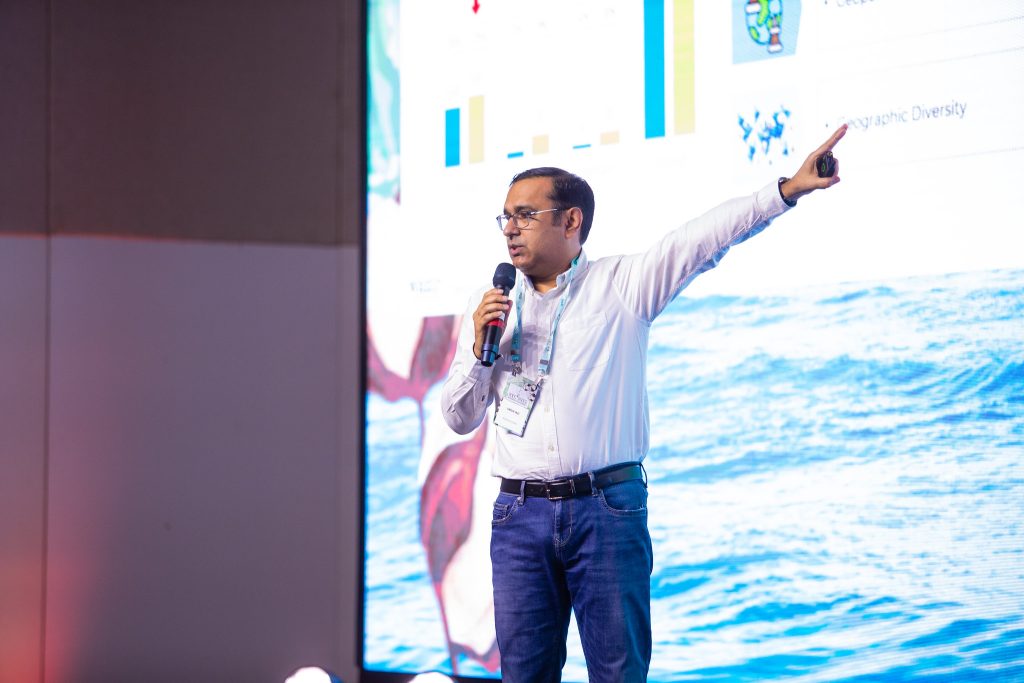Navigating the Future of Cotton: Interview with Industry Insider Varun Vaid on Digital Innovation and the Global Textile Market
Business and Markets |
Recently, the National Association of Cotton Exporters (ANEA) hosted an important event that brought together key players from the cotton production chain, exporters, and representatives of related entities.
Among the distinguished speakers was Mr. Varun Vaid, a seasoned expert with over 20 years in experience in textile strategy development, market research, and understanding of regulations associated with the sector. As the Business Director at Wazir Advisors in India and a consultant for Cotton Brazil, Vaid offers valuable insights into the global cotton market and guides clients on collaborating with Brazilian cotton producers.
In his lecture titled “Rethinking Raw Materials,” Vaid explored the evolving textile industry landscape, focusing on four key ideas:
- Global Market Overview: The role of cotton in the global business chain
- Industry Trends: Current trends affecting the textile sector
- Spun Yarn Secto: Specific insights for buyers
- Brazilian Cotton: How Brazil’s growth aligns with industry trends
To watch Vaid’s lecture in its entirety, we invite you to visit our YouTube page: Watch the Full Lecture.
Following the event, we had the privilege of interviewing Mr. Vaid to delve deeper into his insights.
_____
The Role of Digitalization:
Cotton Brazil: Can you discuss the role of digitalization (blockchain, AI, etc.) in enhancing transparency and efficiency across the textile supply chain, as mentioned in your lecture with Cotton Brazil?
Varun Vaid: Digitalization enables using technology to create transparency throughout the supply chain, adopting advanced analytics and artificial intelligence, redesigning and digitizing processes, and making greater use of automation.
Blockchain technology, for example, provides a secure and immutable ledger that records every transaction and movement of goods, ensuring traceability and accountability. IoT devices can monitor and report the condition of goods and processes in real-time, thus improving quality and efficiency.
Instead of the industry’s traditional emphasis on supplier identification, transactional negotiations, and manual order management, buyers are adopting end-to-end perspective through digitization. This fosters collaboration across functions and through strategic partnerships with suppliers to serve consumers with what, when, and where they want the product, and at the right quality. These digital innovations collectively contribute to a more responsive and resilient textile supply chain, capable of adapting to market demands swiftly and accurately.
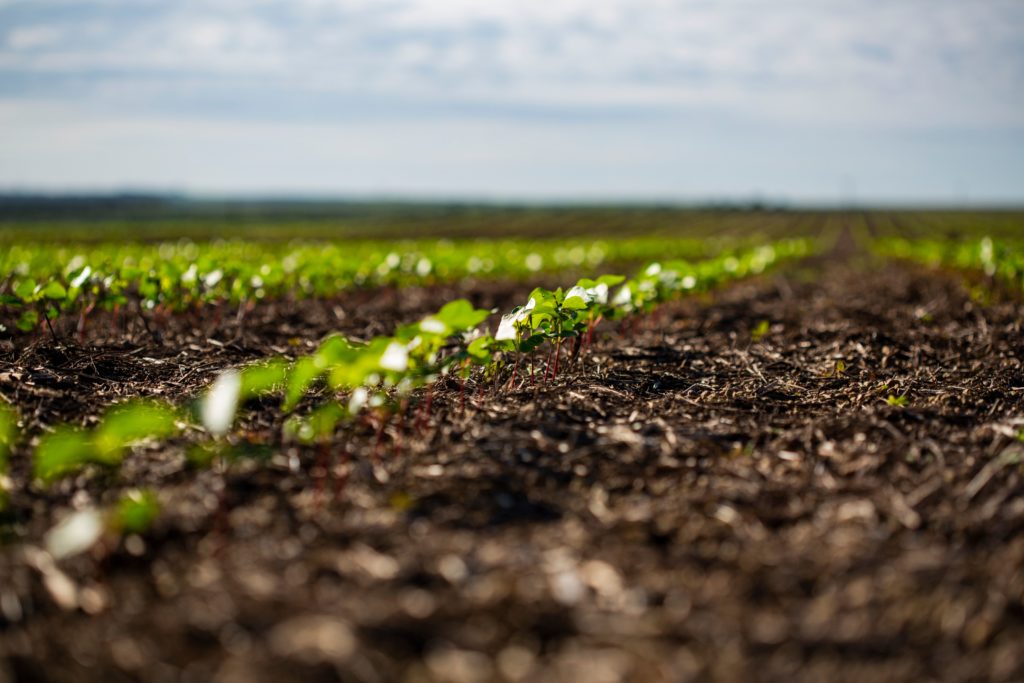
_____
Brazilian Cotton’s Market Impact:
CB: In your lecture, you recently mentioned Brazil increasing its cotton output can enhance the global cotton supply, leading to stable prices, enhancing global cotton demand. How do you foresee this affecting the industry? Do you anticipate this will help to reduce synthetic demands?
VV: Though there is increasing demand of synthetic fibers in the industry, the preference for natural fibers remains strong due to their comfort and breathability. However, higher cotton prices resulting from a supply crunch have accelerated the shift towards synthetic fibers. If fiber prices are stabilized, the demand for natural fibers will increase. This stabilization can only occur if the supply is increased. Therefore, Brazil increasing its cotton output can enhance the global cotton supply, leading to stable prices, which in turn will enhance global cotton demand and potentially reduce the reliance on synthetic fibers.
_____
Comparing Cotton and Synthetic Materials:
CB: Consumer and textile company behavior is increasingly driven by social and environmental responsibility, as evidenced by compliance and sustainability indicators. What are the new strategic imperatives for working with cotton fiber in fashion? Can you elaborate on the benefits of choosing cotton versus synthetic materials?
VV: Key strategic imperatives for working with cotton fiber in fashion include prioritizing sustainable manufacturing and sourcing, enhancing transparency in supply chains, adopting eco-friendly practices, and investing in innovative production techniques that reduce water usage and chemical inputs.
Compared to synthetic fibers, Garments made from cotton are biodegradable, more breathable and are less likely to cause skin irritation. Cotton also has a lower environmental impact during its lifecycle compared to many synthetic fibers.
_____
Insights on Brazilian Cotton:
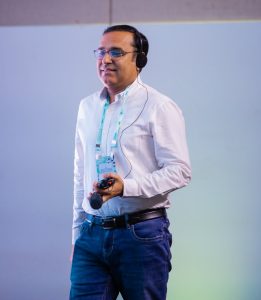 CB: Based on your findings with market research and surveying, what are the initial positive takeaways about Brazilian cotton?
CB: Based on your findings with market research and surveying, what are the initial positive takeaways about Brazilian cotton?
VV: Based on our market research and survey findings, Brazilian cotton is recognized as one of the best cottons globally, surpassing the quality of cotton from Asia and Africa making it a preferred choice for many buyers. Additionally, Brazilian cotton offers a competitive pricing advantage, being more cost-effective than US and Australian cotton.
Another significant factor driving the demand for Brazilian cotton is its sustainability aspect demonstrated by its BCI certification. Moreover, Brazil’s effective traceability system enhances buyer confidence. These attributes make Brazilian cotton a highly attractive option in the global market.
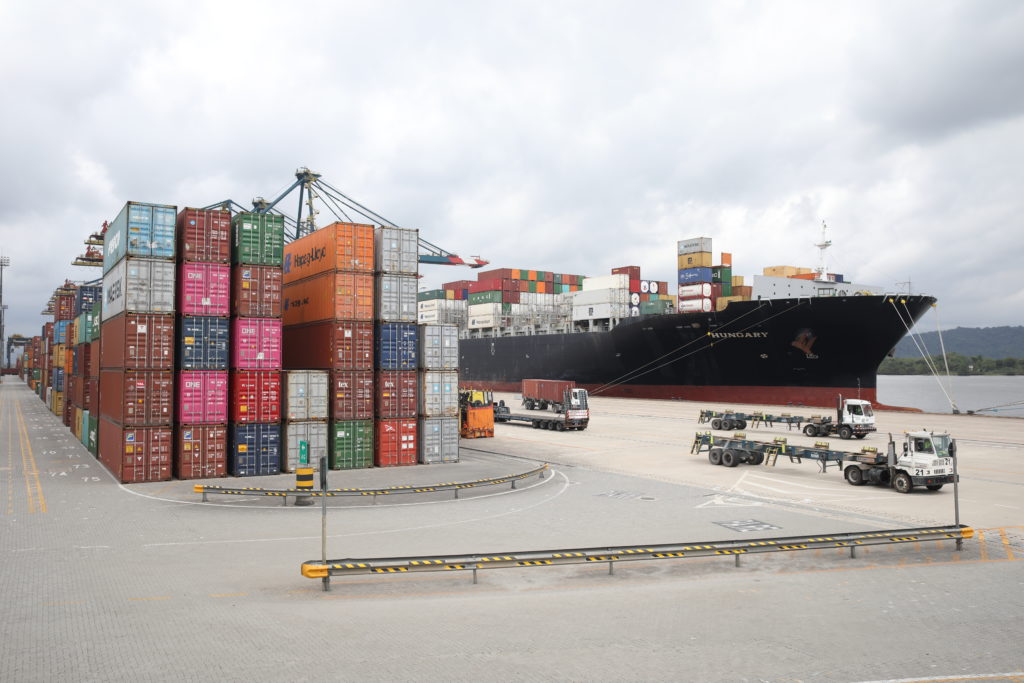
_____
Brazil’s Future Role and Sustainability:
CB: To your mind, how much of a potential player is Brazil, and how is it progressing in meeting downstream demands, particularly in terms of sustainability?
VV: Based on our survey, the future demand of Brazilian cotton is expected to grow among spinners, with sustainability being one of the key reasons for its preference. The BCI certification and effective traceability system make Brazilian cotton highly sought after, especially when manufacturers require BCI or sustainable cotton yarns. Increasing Brazil’s cotton yield and controlling quality variations will further help meet the rising demand for sustainable yarns.
_____
Highlights from Brazil:
CB: What were the three main highlights (that most impressed you) of your time in Brazil?
VV: Three highlights were the immense scale of cotton farms, the impressive level of automation in the harvesting and ginning, and the comprehensive cotton classing system.
_____
Future Aspirations and Demands:
CB: Based on your research and deep knowledge of international textile industries, what are the biggest aspirations and demands for prospects?
VV: The textile industry is highly buyer-dominated and revolves around changing buying and sourcing trends. Key trend impacting the industry include buyers’ focus on manufacturers with delivery commitments, optimal quality, and competitive pricing.
To remain competitive, the fundamental demands are achieving manufacturing excellence, integrating digitalization, and adhering to ESG compliance. Building on these foundations, virtual/actual integration, innovative design & product development, and establishing multi-country manufacturing capabilities enhance overall competitiveness in the global landscape. Ultimately, the goal is to forge strong, long-term strategic partnerships with key stakeholders, ensuring sustained success in a competitive market.
_____
Mr. Varun Vaid’s insights underscore the significant role of digital innovation and strategic growth in shaping the future of the textile industry, particularly through the advancements in Brazilian cotton production. As the industry evolves, staying ahead in sustainability, technology, and market trends will be crucial for maintaining global competitiveness and meeting the rising demand for natural fibers. At Cotton Brazil we are excited to be meeting this demand and continue our collaboration with industry leaders like Varun.
